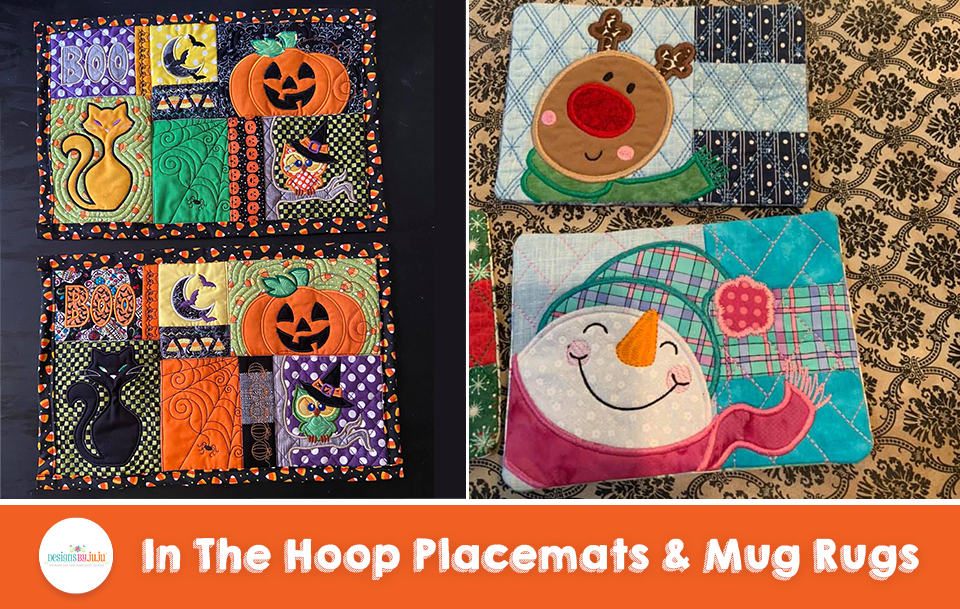The Main Principles Of Unique Art
The Main Principles Of Unique Art
Blog Article
Unique Art Things To Know Before You Get This
Table of ContentsExamine This Report on Unique ArtAn Unbiased View of Unique ArtThe Unique Art PDFsThe smart Trick of Unique Art That Nobody is Discussing
While one may question which art type holds precedence, the reality remains that each of these 7 kinds provides a distinct home window into human history, society, and advancement. They are the tapestries that chronicle our trip, reminding us of our past while inspiring visions for the future.Terrific art work narrates, makes people look two times, and produces an one-of-a-kind experience that can't be matched. Art and illustrations communicate all of that through color, form and various other design elements. Find out just how to make your special artwork stand out from the crowd.

8 TRIA GIOVANEqual components grand and laidback, this foyer created by Anthony Baratta is the best plan to comply with if you're enhancing a formal entryway that still feels unfussy and comfortable. Formed textiles take center phase (see the carpetings and the sofa), however they also aid bring the high ceilings to a human range when hung over wallpaper.
Some Known Facts About Unique Art.
18 Heidi Caillier DesignA gallery wall does not need to occupy the whole space. Actually, occasionally a little one can make a larger style statement. In this living-room, Hiedi Caillier went with micro-mini frames and an arbitrary make-up. Ad - Continue Analysis Below19 Stephen Kent JohnsonDesigner Juan Carretero opted for a deep environment-friendly paint color to contrast with the light wood finishes.
, the expression of concepts and emotions, with the creation of particular visual high qualities, in a two-dimensional aesthetic language. The aspects of this languageits forms, lines, colours, tones, and texturesare made use of in various ways to create experiences of quantity, area, activity, and light on a level surface area. These aspects are combined right into expressive patterns in order to stand for real or supernatural phenomena, to analyze a narrative theme, or to create wholly abstract visual partnerships.
Later on the idea of the "fine artist" established in Asia and Renaissance Europe. Popular painters were paid for the social status of scholars and courtiers; they signed their work, decided its design and usually its subject and images, and developed a more personalif not always amicablerelationship with their patrons. During the 19th century painters in Western societies started to shed their social placement and safe patronage.
Fascination About Unique Art
Others gained a revenue with touring exhibits of their job. The requirement to appeal to an industry had actually replaced find more information the similar (if less impersonal) needs of patronage, and its result on the art itself was most likely comparable also. Normally, view artists in the 20th century could reach an audience only via industrial galleries and public museums, although their work might have been periodically recreated in art periodicals.

Do not duplicate the design of other artists if you're looking for your style. Duplicating other individuals's artwork can be fantastic in educational objectives but it will not make you closer to locating your own unique design. Your creative design has to be, what you like and what motivates you.
I would certainly consider your own design as a style you repaint in naturally, when you release all ideas and regulations and just focus on paint, not thinking of it. Unique Art. The style needs to come naturally to you when you are loosened up and you can't require it or it won't be your own design, simply another person's
How Unique Art can Save You Time, Stress, and Money.

With time you'll be able to arrange every one of them into your favorite and the very least preferred groups. Try to focus your focus on the subjects and mediums that you like and before you see it coming you'll have your very own personal and distinct style, like no person else have! So ultimately you'll have a couple of favored topics to repaint and possibly a couple of favorite tools.
The design has to create itself in time with a great deal of practice and experiments - Unique Art. Thanks for reviewing this blog post and if you have any type of questions leave them in the remarks listed below, I 'd enjoy to address these
Report this page